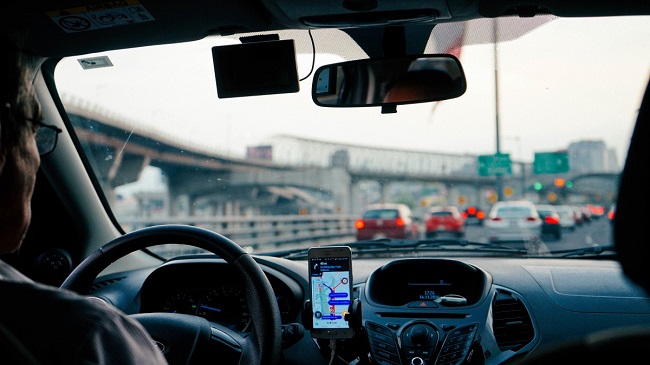Distracted driving is one of the most significant road safety hazards we’re currently facing. According to the Center for Disease Control, it causes more than 1,000 injuries and nine fatalities every day in the United States. Whether drivers are taking their eyes off the road to check their phone, eating lunch, or putting on makeup, distracted driving is a risky behavior for most drivers.
One of the biggest selling points of self-driving cars is that they take responsibility for controlling the vehicle out of the people’s’ hands. While this sounds like a good thing, will it end up creating even more distracted drivers?
Levels of Autonomy
What makes a car self-driving? There are five levels of autonomy, at least as we currently understand them. Most of the cars on the road today are level zero. The next level up includes driver assistance equipment like lane-keeping and automatic braking.
Level two autonomy is what we see today as self-driving cars with driver assisted technologies. Tesla’s autopilot falls into this category. The vehicles can drive themselves under limited circumstances but still require you to pay close attention to the road so you can take over at any time. Level three autonomy is conditional automation, which gives the car more control but doesn’t remove the need for a driver. Currently, the Audi A8 is the only car with level three automation.
Level four automation will take over almost all the controls, but the human driver may still need to step in in an emergency. Level five is what we picture when we think of self-driving cars — no steering wheel, no need for a driver, and no need to pay attention to the road. That is where the problem lies.
Not as Safe as You Think
Self-driving cars are marketed as a safer alternative to human drivers. Studies that emerged at the beginning of the autonomous craze suggested that these vehicles could reduce accidents by up to 94 percent by removing the element of human error.
Recently emerging studies show that this might be wishful thinking. Researchers collected data from more than 5,000 police reports and found that only 23 percent of crashes occurred due to issues with perceiving and sensing the world around you. Only 10 percent happened because of incapacitation, meaning in the very best scenario, these self-driving cars only reduce accidents by 34 percent.
What do these statistics have to do with distracted driving?

Driven to Distraction
Right now, Tesla’s autopilot and other level-two vehicles require you to pay attention to the road and keep your hands near or on the wheel so you can take over in an emergency. Of course, when you give human drivers an inch, they will take a mile. There are numerous news stories of people reading, eating, sleeping, and even having sex behind the wheel of their Tesla while it’s on autopilot — and many of these activities result in accidents.
Self-driving cars aren’t the solution to distracted driving. If anything, they’re creating a new kind of complacency that is dangerous. In one case, it already killed a pedestrian. Uber’s test driver in Tempe, Arizona, was playing on her phone during a self-driving test rather than paying attention to the road.
This complacency is incorporating itself into the mainstream mindset. People act like they’re behind the wheel of a Johnny Cab from “Total Recall” instead of a Tesla that requires you to pay attention to the world around you.
What Comes Next?
It’s hard to tell what might come next for self-driving cars. Right now, nearly every automotive manufacturer in the world is racing to create their own autonomous vehicle. Whether we’ll see them on the roads in the future is anyone’s guess, but if this trend of complacency continues, self-driving cars and trucks may end up doing more harm than good.
Martin Banks is the Founder and Editor-in-Chief of Modded. He covers the world of cars, driving, tech, and more.
Editor’s Note: The opinions expressed in this article are those of the author.






